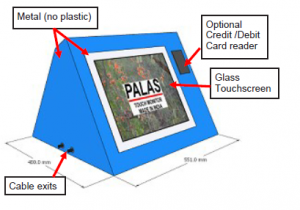SELF-SERVICE KIOSKS IN FINE DINING
It seems obvious that “fast food” restaurants will be the first to adopt self serve technology, but many fine dining ones can also gain by this
Our focus is on improving customer convenience, and, in today’s world, save them time. We are all short on time. By all means continue with waiters, cashiers for those customers who are averse to machines. But the dining experience can be improved by speeding up processes. The waiter going from the customers table to the kitchen to deliver a ticket is a huge waste of time and resource, as, in today’s world, this can be done instantly using technology
Many restaurants offer so called “fine dining”, but is it really so? Can we catch the waiter’s eye quickly when we need something? And does the waiter write down the order correctly every time? Is the waiter merely a “middle-man” between the diner and the chef? Would communication be better (and faster) by cutting down a layer of hierarchy and let the consumer send instructions directly to the chef?
In a typical restaurant, the waiter writes down the drinks orders, and the starters, then enters it on the restaurant pos system, then gives it to the bartender and finally to the kitchen. In quite a few cases, because the waiter is going to the kitchen to pick another customer’s order, the new order is first delivered to the kitchen, then the 2nd customers order is picked up and delivered to them, and finally the ticket goes to the bartender. As a result, in some cases, starters arrive before the drinks!
A self-ordering app, placed either on the diners phone by downloading, or on dedicated displays either at each table, or, since they will not be used continuously, shared between a group of 2 to 4 tables, enables the customer to quickly place their orders at any time, which are instantly transmitted to the kitchen. The waiter transforms from being a time-wasting “middle-man” to a “guide” who helps explain dishes, suggest choices, expedite.
And after the meal, an often interminable wait for the bill. You ask for the bill quickly because one of the kids is getting cranky, and the waiter smilingly says sure, but then proceeds to first clear the dirty dishes from your table, then cleans the table, then comes back with the menu to ask, very sweetly, whether we would like some dessert, we again say no, the baby is about to cry, just get the bill. Sure sir, in a minute, then, en route to the cashier, gets distracted by another customer. And we are seething.
Would have made for a much nicer experience if we could have got the bill ourselves on the self-serve kiosk, paid by swiping our card or by PayTm or similar, and left. And the restaurant would get a table free a few minutes earlier pleasing the next customer, and incidentally making more money by letting the restaurant serve more customers in the same time
Since many customers do not want to download multiple apps on their phone to avoid clutter or for privacy, dedicated self-ordering terminals, either tab based or 24×7 full size display based, would be a win-win solution.
More information on Self-ordering kiosks at https://www.palas-india.com/psos.html
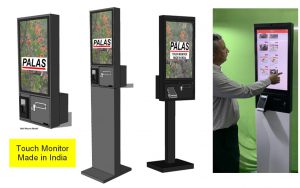
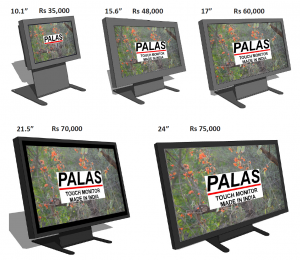
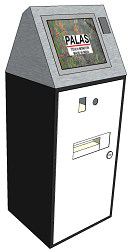 AVOIDS CROWDING – SELF-SERVICE REGISTRATION OF PATIENTS
AVOIDS CROWDING – SELF-SERVICE REGISTRATION OF PATIENTS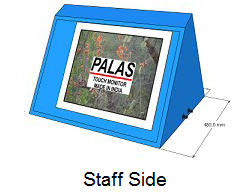 hard-to-reach surfaces, can be splashed with alcohol or water, or swabbed with alcohol wipes
hard-to-reach surfaces, can be splashed with alcohol or water, or swabbed with alcohol wipes